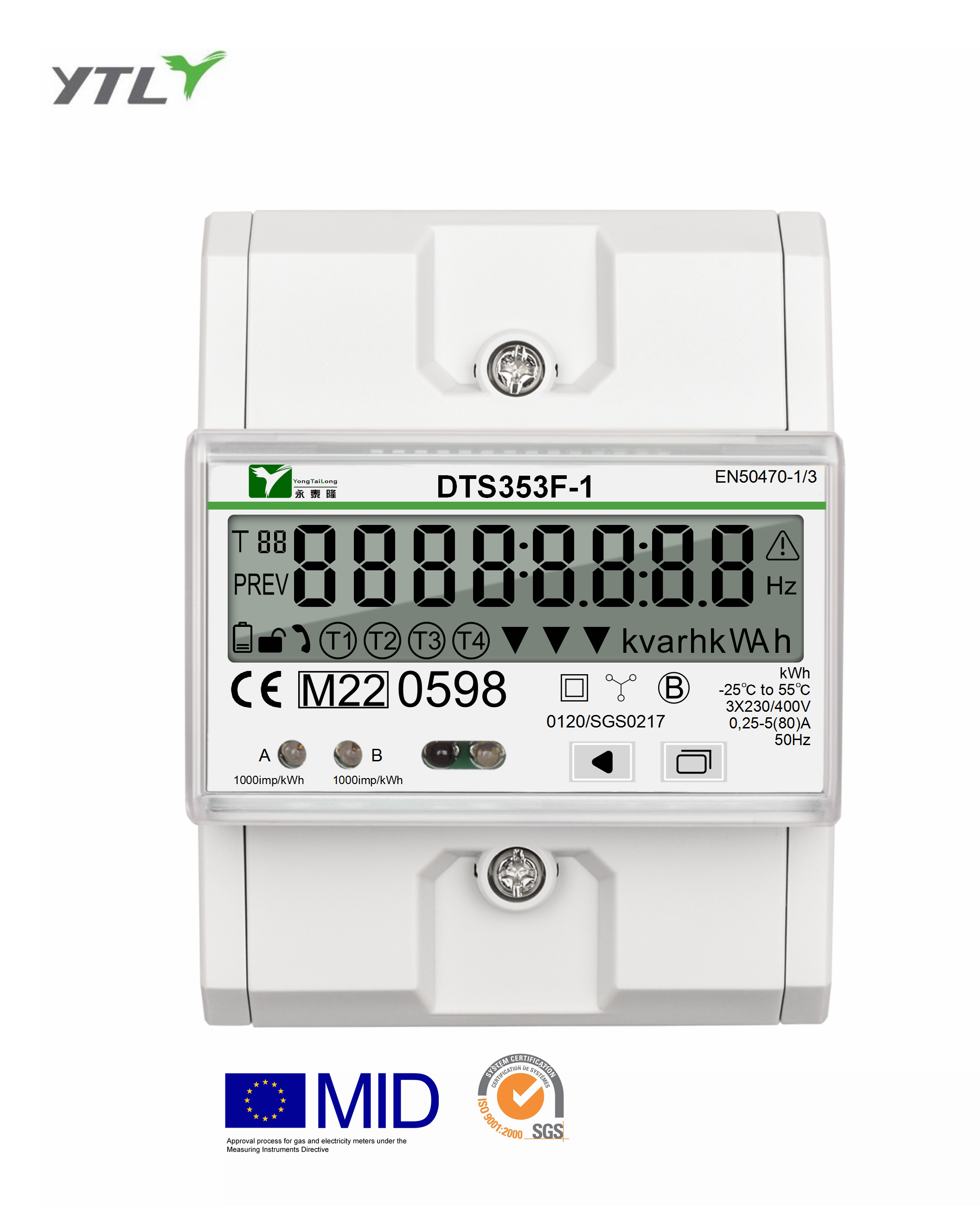A three-phase smart meter is a meter that measures energy from all three of your phases. With the advent of the era of informatization and digital Internet of Things, the requirements for data analysis and refined management in the power industry and energy consumption monitoring and management are getting higher and higher. With the increasing demands of the power industry, the electricity market, and power users for safe electricity,
smart meter, and scientific electricity use, there are more requirements for the function of electric energy meters, and the flexibility and reliability of communication methods are higher. The number of installations of electric energy meters that need to achieve refined management has also increased significantly, which will inevitably involve the budget of the project cost; in addition, most of the retrofit projects have limited installation space and require a smaller volume to adapt to the installation environment. At present, the multi-function meters and smart meters on the market are basically suspended meters, which are large in size and high in price; they have great limitations in use and cannot well meet market demands. Through the communication and investigation of the market and customers, Yongtailong has tapped the potential needs of customer applications, and has launched a set of smart sub-meters based on the pain points of customers and the advantages of its own rail meter design, development, and manufacturing.
YTL DTS353F 5(80)A DIN rail 3 Phase 4 Module Two Channel MID Certificated Electric Digital Meter
The DTS353F Series Digital Power Meter works directly connected to a maximum load 80A AC circuit
This meter has been MID B&D Certified by SGS UK, proving both it’s accuracy and quality.
This certification allows this model to be used for any sub-billing application
The upstream of the master meter is 4G (CAT1) communication, and the downstream is to read the sub-meter through RS485, with a concentrator function; the sub-meter is RS485 communication. Three-phase smart meter specific parameters and functions:
1. Voltage AC 3*220/380V±20%; 0.25~5(80)A
2. The metering accuracy is active class 1.0 and reactive power class 2.0; built-in 100A relay is used as load control.
3. Power demand, apparent power demand, daily maximum demand, monthly maximum demand, the demand interval can be set in 5-60 minutes, and the slip time can be set in 1-5 minutes.
4. Freeze power: timed freeze, instant freeze, daily power, monthly power
5. Rates: 4 tariffs, 8 time periods
6. Event alarms: loss of voltage, overvoltage and undervoltage, phase failure, abnormal frequency, overcurrent, overload, power failure record, voltage unbalance, current unbalance, load switch malfunction
7. Communication protocol DLT645-2007/Modbus dual-protocol compatibility; 4G communication (CAT1) supports MQTT
8. The design conforms to IEC62052-11 2020, IEC62053-21 2020; GB/T 17215-211 2021, GB/T 17215-321 2021 standards, and meets MID and CPA certification.
9. Rail-type installation, small size and easy installation
This series of three-phase smart meter products carefully analyzed the market demand during the project design, focusing on the concepts of small size, easy installation, and high cost performance, which have been vividly reflected in the overall application framework, specific chip solution selection, and structural installation methods. . The matching method of GPRS smart meter and RS485 smart meter is adopted, which can be flexibly applied to various use environments and cancel the use of concentrators, reducing application costs. The rail-type installation method reduces the volume and facilitates installation, and the reduced volume also reduces the material cost of the case. In the chip selection, the comparison test of the three schemes is carried out and the cost of the scheme is determined, and the advantageous scheme is adopted under the premise of ensuring product performance and quality.


